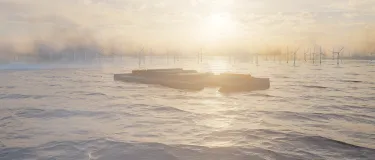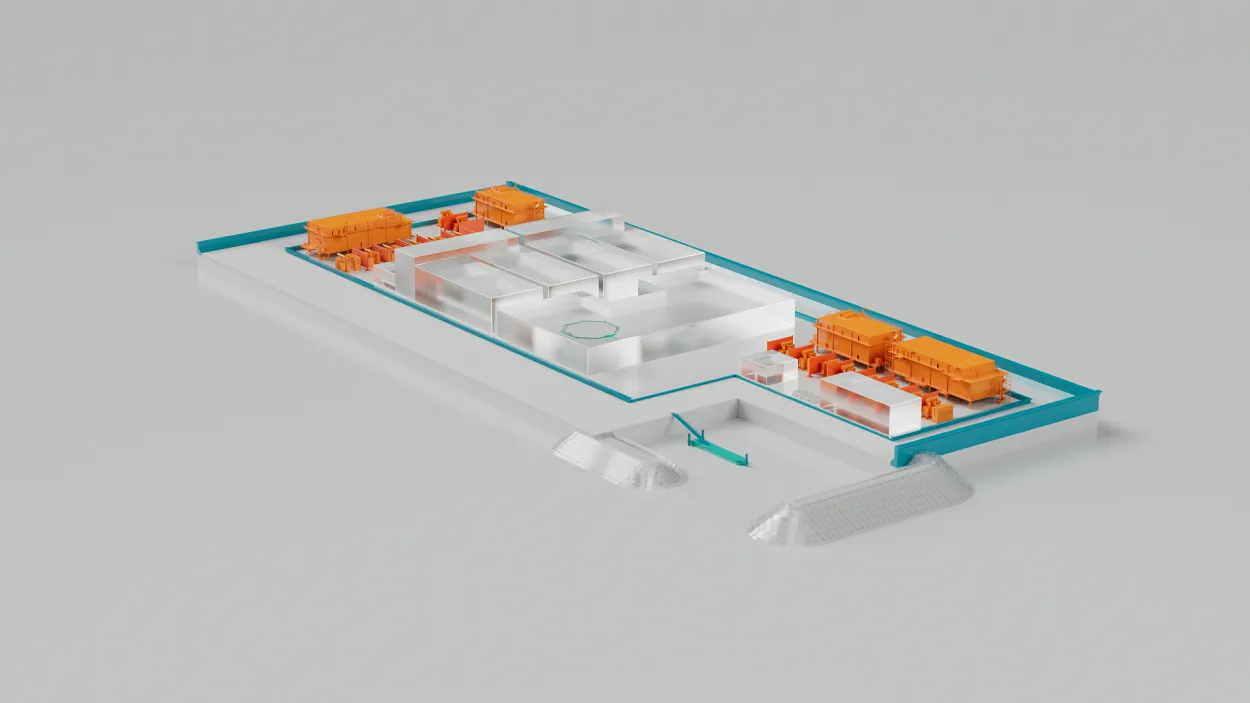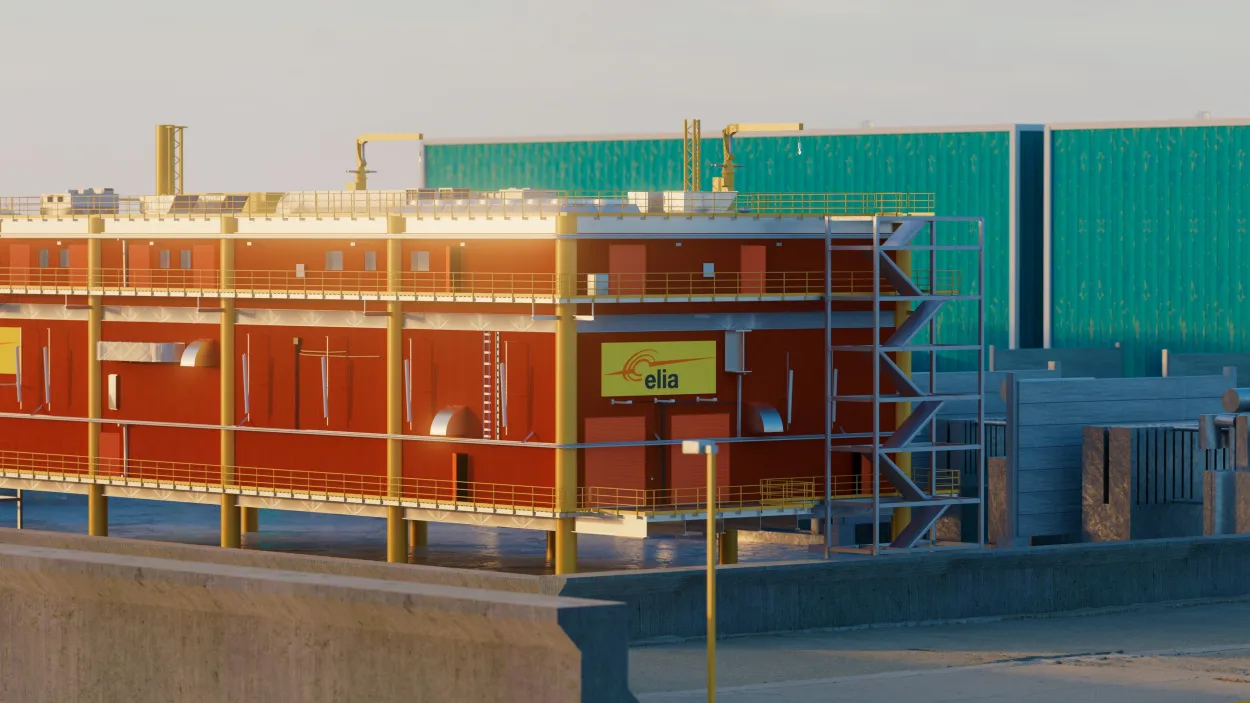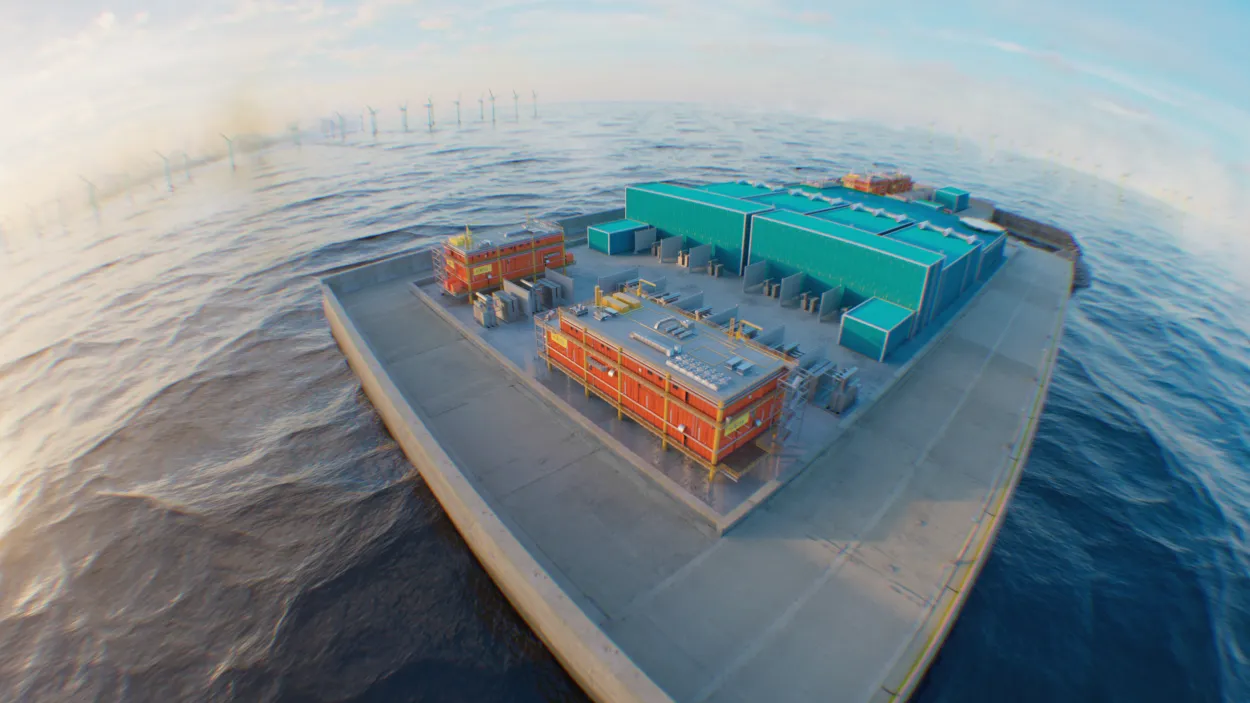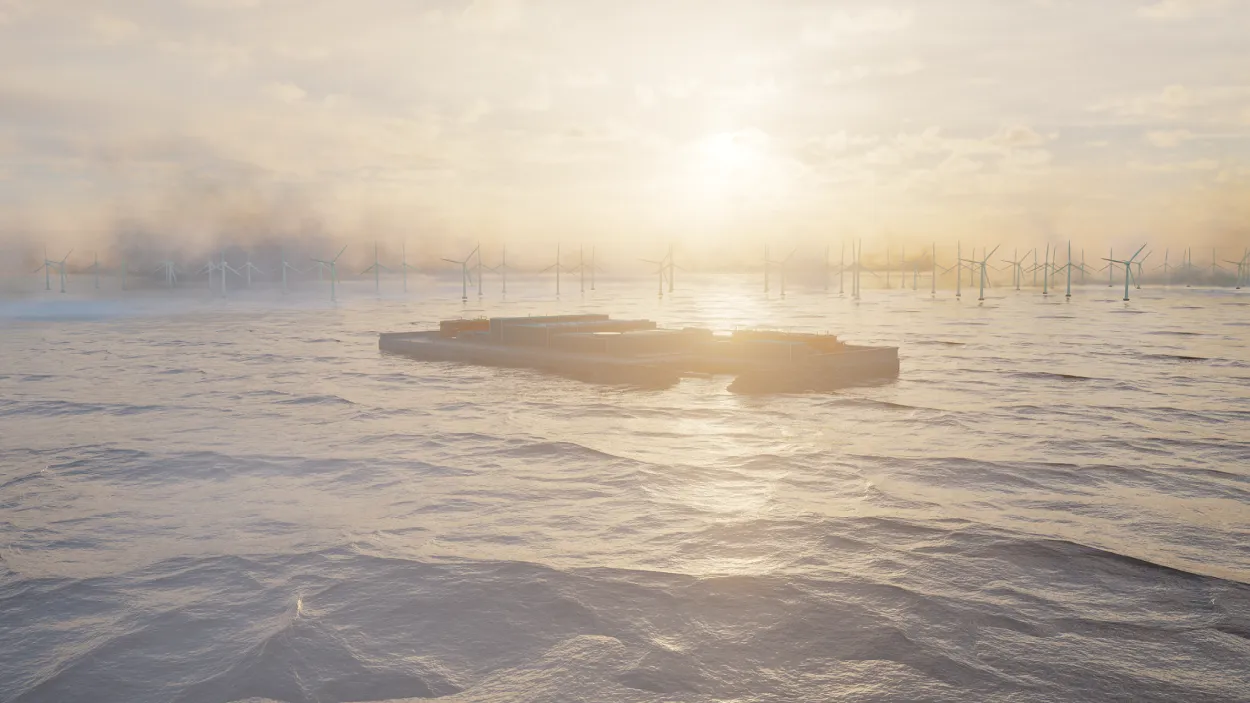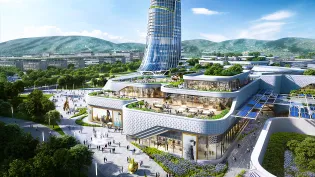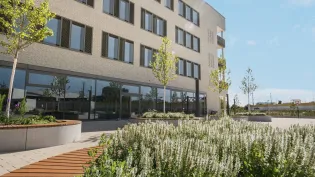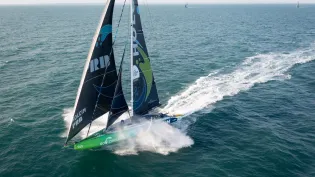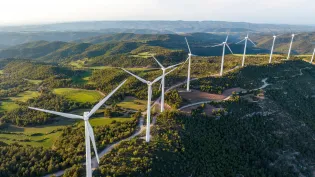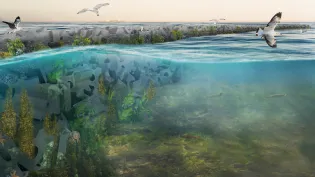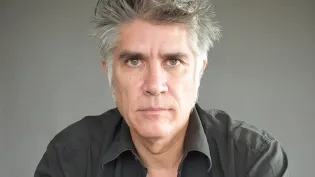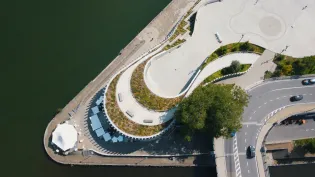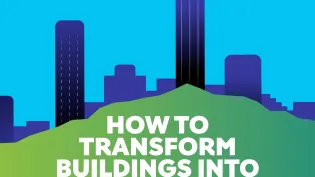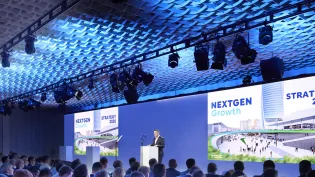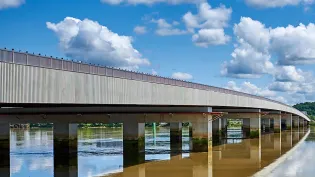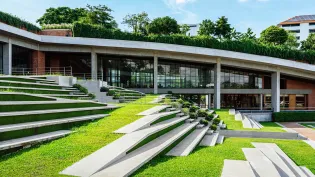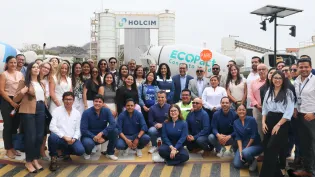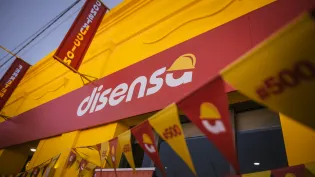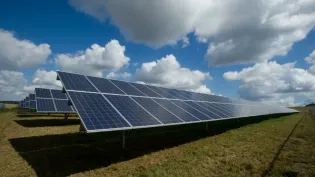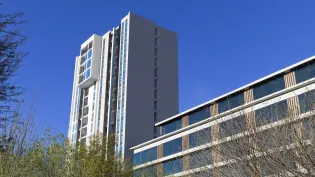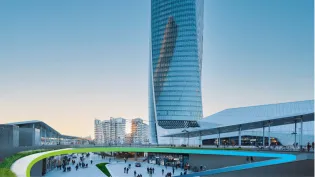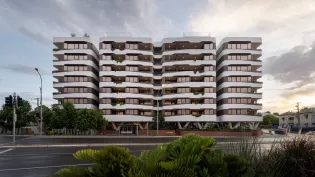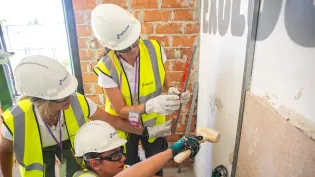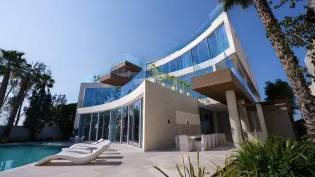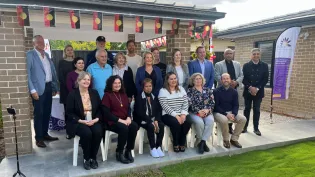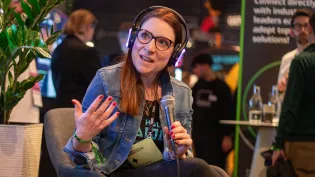ECOPlanet grounds the world’s first ‘energy island’
In the middle of the North Sea a man-made island the size of eight soccer fields is set to rise up from the waves. Belgium’s Princess Elisabeth Island, the world’s first artificial energy island, is being built with 23 concrete caissons made from Holcim’s ECOPlanet low-carbon cement.
With demand growing for energy, the clean energy transition is at a decisive moment, with operators exploring more sustainable, future-proof solutions. The building sector has a major role to play by increasing access to renewable energy in a sustainable way.
Since the energy sector is responsible for over 75% of greenhouse gas emissions, projects like this energy island – which will give Belgium access to 3.5 gigawatts of energy generated by offshore wind and allow it to trade this with neighbors – are central to the European Union’s (EU’s) 2050 net-zero target and the European Green Deal.
23 caissons created using
ECOPlanet cement
3.5 gigawatts of electricity
will be generated
Cornerstone of EU’s future
integrated offshore grid
The challenge
The project overseen by Elia, which manages Belgium’s power transmission network, involves building an island to host high-voltage direct (HVD) and alternating currents (HVAC). This will sit 45 km offshore and cover 6 hectares. The 23 concrete caissons will form the outer ring of the island, which will also include a small harbor, to allow easy access for maintenance crews.
Our direct customer TM Edison asked that the 27-m high caissons be built from low-carbon cement, to lower the project’s overall environmental impact. Through its ‘nature-inclusive’ design, Elia has also worked with conservation experts to ensure a positive impact on biodiversity and marine life.
Constructing Princess Elizabeth Island in the wild North Sea environment presented obvious challenges, both in terms of building solutions and the island’s assembly, that Elia Group, its construction partners and Holcim Belgium worked together to overcome.
The solution
Following testing by TM Edison, Holcim’s low-carbon ECOPlanet cement with high-sulfate resistant (HSR) cement was chosen to build the caissons due to its durability. This cement will enable Princess Elisabeth Island to withstand the caustic, rough North Sea environment for a guaranteed 100 years, while providing high strength and workability
It is an advantage and a bonus in the current context to operate in a sustainable way with a low-carbon footprint. That’s where Holcim’s cement comes in.
The 20-kiloton caissons are now being fabricated on dry land, in Vlissingen, The Netherlands, with ECOPlanet low-carbon cement using a slipforming method. This involves continuous pouring of concrete for 24 hours a day, seven days a week, with the Holcim Belgium team on standby to provide quality and logistical support.
Providing our customers with technical assistance and support is our top priority. We are there for our customers, as we work together to ensure the success of their projects and drive more sustainable construction.
Once fully cured, the 23 caissons will be towed out to the installation site, positioned and then ballasted – firstly with water and thereafter with sand and concrete.
The result
While construction of Princess Elisabeth Island is ongoing, rapid progress is being made.The project began in 2022 and will continue to 2030, with concrete works running from early 2024 to mid-2026. Use of ECOPlanet low-carbon cement will reduce the overall CO2 footprint of the project by more than 40% compared to standard cements.
Once complete, the electricity hub will bundle cables from offshore wind farms in the North Sea to reach a capacity of 3.5 gigawatts – which is enough energy to power Papua New Guinea for a year. Once it makes landfall on the island, the energy will then be routed to Belgium and host interconnectors with the UK and Denmark.
As a key part of the European climate and energy goals to develop more than 100 gigawatts of offshore energy capacity by 2030, the island will facilitate energy sharing between countries – reduce reliance on fossil fuels and protecting businesses and consumers against inflation in gas and electricity markets.
Nature-inclusive design
Working with conservation experts, Elia has designed Princess Elizabeth Island to have a positive impact on biodiversity through its ‘nature-inclusive’ design. Features will include ledges for seagulls to roost on, structures for oyster beds, and an artificial reef to encourage marine life.





